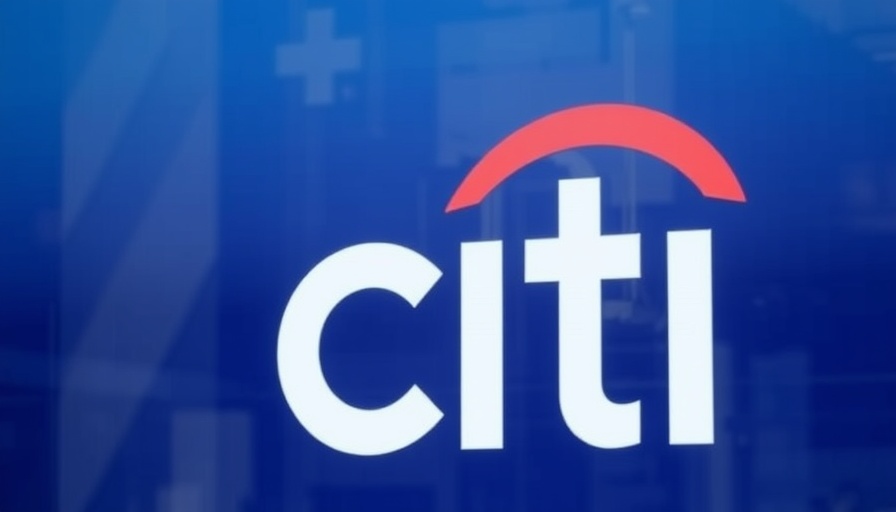
Mortgage Woes: A Sign of Broader Economic Trends
As Bank of America (BofA) and Citi warn of declining mortgage production for the first quarter of 2025, this development reflects not only internal bank strategies but also wider economic uncertainties. The drop in mortgage volumes can be attributed to seasonal trends, as well as the lingering effects of rising interest rates—a scenario that is anticipated to present ongoing challenges for the banking sector. Investors and consumers alike are watching closely as these shifts might shape the future of the housing market.
Understanding the Decline in Mortgage Production
In the latest reports, BofA revealed a staggering 31.5% decline in first-lien mortgage funding, dropping from $6.5 billion in Q4 2024 to $4.5 billion in Q1 2025. Although this number signifies a year-over-year increase of nearly 30.9%, the quarter-over-quarter dip raises concerns among analysts. Similarly, Citi also faced a 33% decline in mortgage origination—a stark reminder that even large institutions can feel the weight of an unpredictable market. While BofA's chair Brian Moynihan remains optimistic about consumer resilience, his acknowledgment of potential economic shifts highlights the delicate balancing act that banks face.
The Impact of Macroeconomic Factors on Consumers
BofA’s chief financial officer, Alastair Borthwick, mentioned a significant purchase of an $8 billion portfolio of residential mortgages, pointing towards a strategy of ensuring high-quality investments to stabilize income in a fluctuating environment. Ongoing trade tensions and uncertainty surrounding government policies may influence future mortgage trends. While the bank’s research team is not currently predicting a recession, maintaining awareness of evolving economic conditions remains crucial. As inflation rates stabilize, potential shifts in interest rates could either aid or hinder buyers’ confidence.
Comparative Analysis of Major Banks
The challenges faced by BofA and Citi are echoed across their competitors. For instance, JPMorgan reported a 22% decline from Q4 2024 but upheld a year-over-year increase of 42%. On the other hand, Wells Fargo saw its overall volume decrease by 25% quarterly yet still achieved a 26% increase on a year-over-year basis. This paints a nuanced picture of the mortgage landscape where certain banks exhibit resilience even in a contracting market.
What Lies Ahead: Predictions and Opportunities
As the year progresses, industry experts are keen to gauge the outcome of forthcoming earnings reports from nonbank mortgage lenders like Rocket Mortgage and loanDepot. Their performance may lend further insights into market adaptations. Although much depends on external economic factors, this period could also present opportunities for banks to reevaluate their mortgage offerings and consumer-client relationships.
Final Thoughts: Implications for Real Estate Investors
For those aligned with the real estate market, understanding these dynamics is crucial. A softer mortgage environment may prompt investors to adapt strategies or seize potential opportunities, particularly with the advent of innovative loan products aligned with contemporary consumer needs.
Staying informed on trends in mortgage origination and broader economic indicators will serve both investors and consumers well in navigating this fluid landscape.
 Add Row
Add Row  Add
Add 




Write A Comment